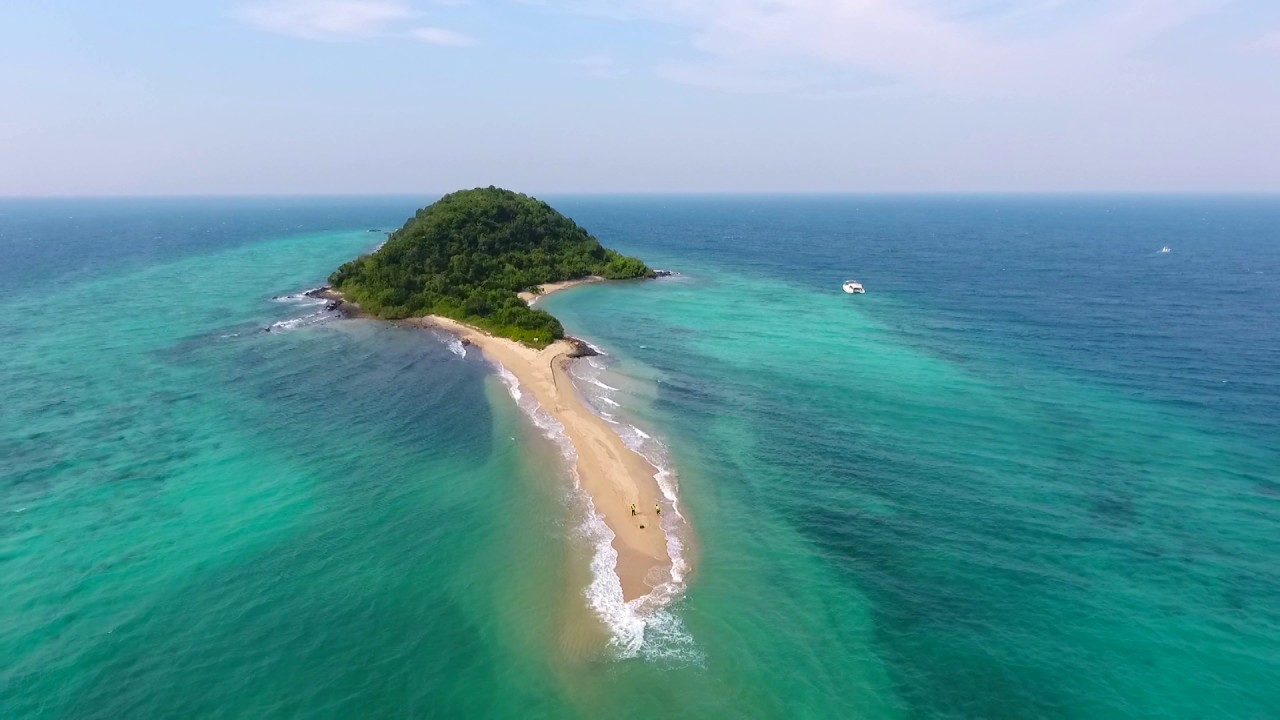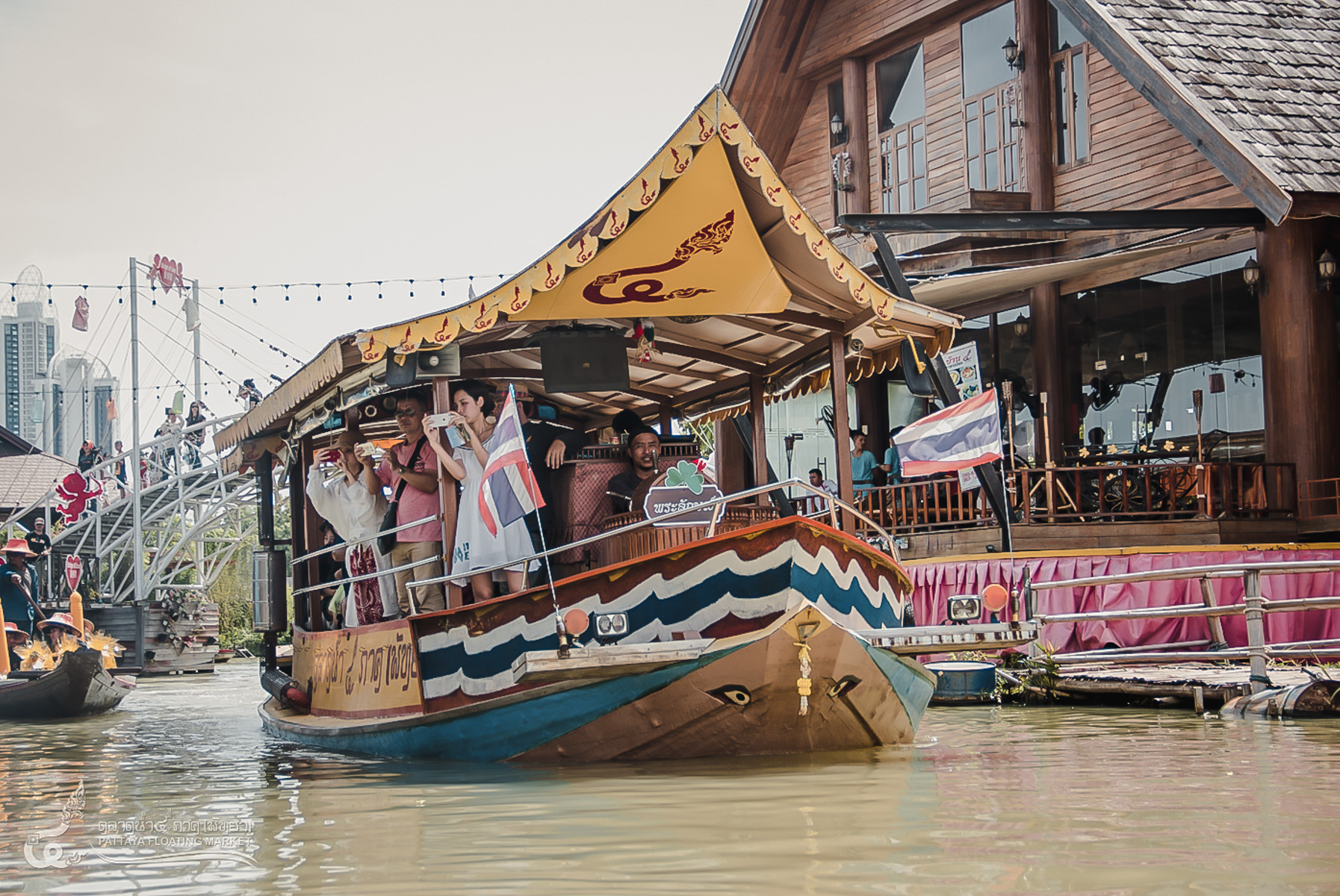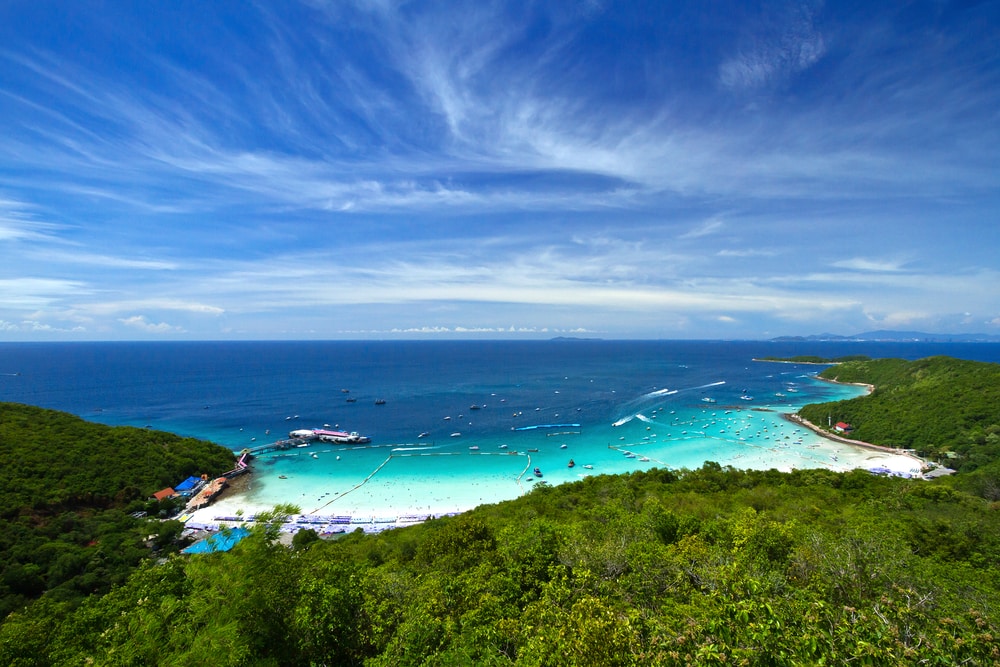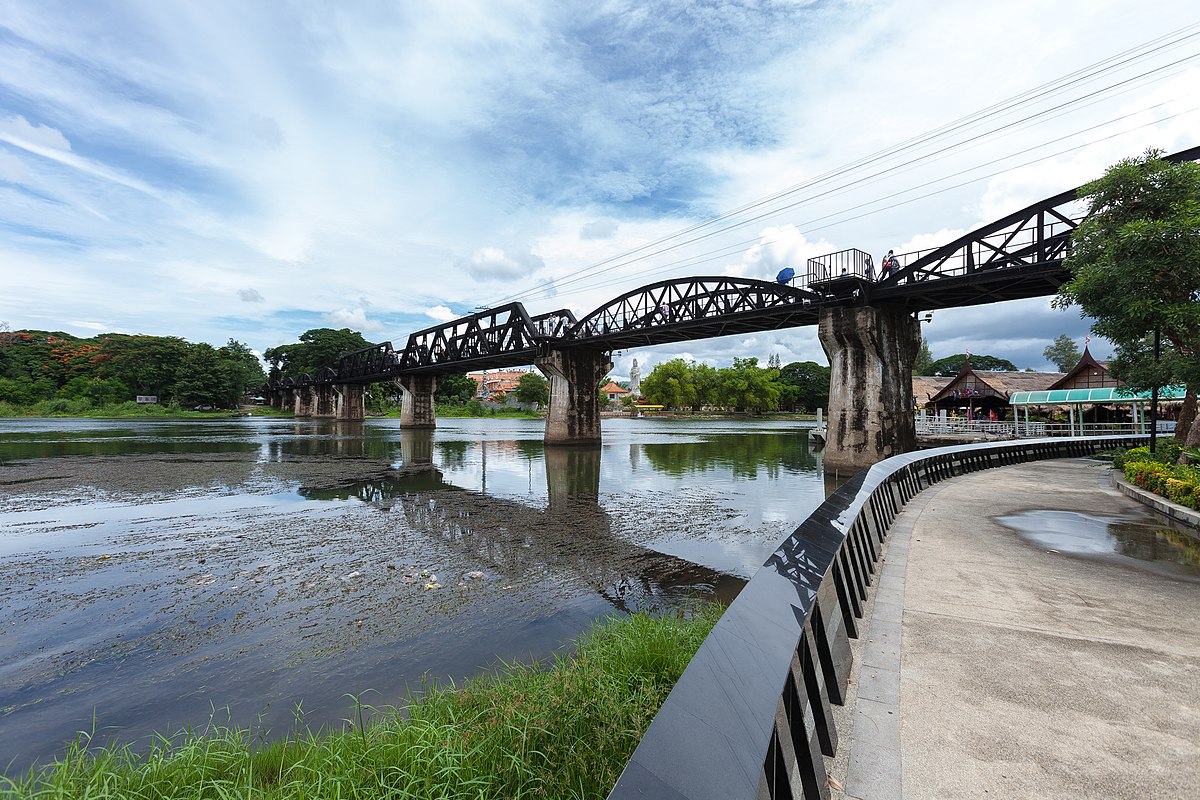Wat Arun, also known as the “Temple of Dawn”, is a famous Buddhist temple located in the Bangkok Yai district of Bangkok, Thailand. It is situated on the west bank of the Chao Phraya River. The temple’s name is derived from the Hindu god Aruna, often personified as the radiations of the rising sun. The temple is best known for its distinctive prang (spire), which was built in the early 19th century during the reigns of Rama II and Rama III. Wat Arun is considered one of Thailand’s most iconic landmarks.
Wat Arun (Temple of Dawn), Bangkok
Wat Arun location
Wat Arun is located in the Bangkok Yai district of Bangkok, Thailand, on the west bank of the Chao Phraya River. The area is steeped in history, with the temple dating back to the early Ayutthaya period in the 17th century. Originally known as Wat Makok, it was renamed Wat Arunratchatharam by King Taksin when he relocated the capital to Thonburi in 1768.
As a travel destination, Wat Arun is renowned for its stunning architecture, serene ambiance, and scenic riverside location. Its distinctive prang (spire), adorned with thousands of pieces of porcelain and glass, is a sight to behold. The temple is accessible by river boat, and its full beauty is best appreciated at sunset from the river. It remains a must-visit destination for tourists exploring Bangkok’s rich heritage.
Opening Hours: daily from 8:00 am to 6:00 pm
Ticket Fees: 100 Baht for non-Thai visitors. Thai citizen free of charge
How to get to Wat Arun
- By Subway and Boat: Take the subway from MRT Sukhumvit to MRT Sanam Chai. The journey takes about 20 minutes and tickets cost around 26 – 40 Baht. From Sanam Chai, it’s a short walk to the Tha Tien pier where you can take a cross-river ferry to Wat Arun.
- By Bus: Take the 511 bus from Sukhumvit Soi 12 to the Territorial Defense Command. The journey takes about 30 minutes and tickets cost around 10 – 30 Baht. From there, it’s a short walk to the Tha Tien pier where you can take a cross-river ferry to Wat Arun.
- By Taxi: You can also take a taxi directly from Asoke Station to Wat Arun. The journey takes about 10 minutes and costs around 130 – 160 Baht.
History of Wat Arun
Wat Arun’s history dates back to the Ayutthaya period when it was initially called “Wat Makok.” It was later renamed “Wat Chaeng” when King Taksin the Great moved the capital of Thailand to Thonburi. The temple underwent significant renovations during the reign of King Rama II in the early 19th century, giving it its current iconic appearance.
Renaming and Restoration
The temple was renamed Wat Arunratchatharam by King Taksin after he relocated the capital to Thonburi in 1768. It is believed that Taksin vowed to restore the temple after passing it at dawn. The temple enshrined the Emerald Buddha image before it was transferred to Wat Phra Kaew on the river’s eastern bank in 1785.
Architectural Evolution
The temple’s distinctive prang (spire) was built in the early 19th century during the reigns of Rama II and Rama III. The main prang was completed in 1851, after nine years of continued construction. The temple underwent major restorations during the reign of Chulalongkorn (Rama V, 1868–1910) and in 1980, prior to the bicentenary celebration of Bangkok’s foundation.
Recent Restoration and Criticism
The most extensive restoration work on the prang was undertaken from 2013 to 2017, during which a substantial number of broken tiles were replaced and lime plaster was used to re-finish many of the surfaces. As the work neared its end in 2017, photographs of the results drew some criticism for the temple’s new appearance, which seemed white-washed compared to its previous state. The Fine Arts Department defended the work, stating that it was carefully done to reflect the temple’s original appearance.

Main attractions of Wat Arun
The main pagoda, or Phra Prang Wat Arun, is the most iconic feature of Wat Arun. Standing at 82 meters high, it is plastered with white lime and decorated with small pieces of colorful porcelain. The pagoda represents Mount Meru, the center of the universe in Hindu and Buddhist cosmology. It is surrounded by four smaller pagodas, each representing a peak of Mount Meru.
King Rama II Statue
Wat Arun is considered the temple of King Rama II as the foundation of the temple today was laid during his reign. A statue of King Rama II is one of the key attractions within the temple complex, commemorating his contributions to the temple.
Phra Ubosot
Phra Ubosot, the main chapel of Wat Arun, enshrines the principal Buddha image, known as Phra Buddha Dhammisaraj Lokathat Dilok. The head of the statue was designed by King Rama II himself. Under the pedestal are some ashes of King Rama II, placed there by King Rama IV.
Wat Arun Giant
The entrance of the temple is guarded by the Wat Arun Giant, a mythical figure from Thai folklore. According to myth, these giants fought with giants from Wat Pho and the fight was stopped by giants from Wat Phra Kaew.
The Mystery of Wat Arun
The Creation Myth
According to legend, Wat Arun is believed to be the place where the gods descended to build the world. The temple’s design and intricate details reflect the mythical tales associated with creation and the afterlife
The Legend of the Giants
Legend has it that the grim pair of giants guarding the entrance of Wat Arun were the sworn enemies of the two giants guarding Wat Pho across the river. Their battles destroyed the earth in between the two shrines and cleared it of trees and buildings. As punishment, they were turned to stone, and cursed to spend eternity guarding the gateway to Wat Arun
The Dawn of a New Era
This temple recalls the Kingdom of Siam’s rising from the ashes—the newest temple built after the fall of the last capital Ayutthaya to invading Burmese armies in 1767. Named after the Indian god of the dawn Arun, Wat Arun represents a fresh start for Siam.






